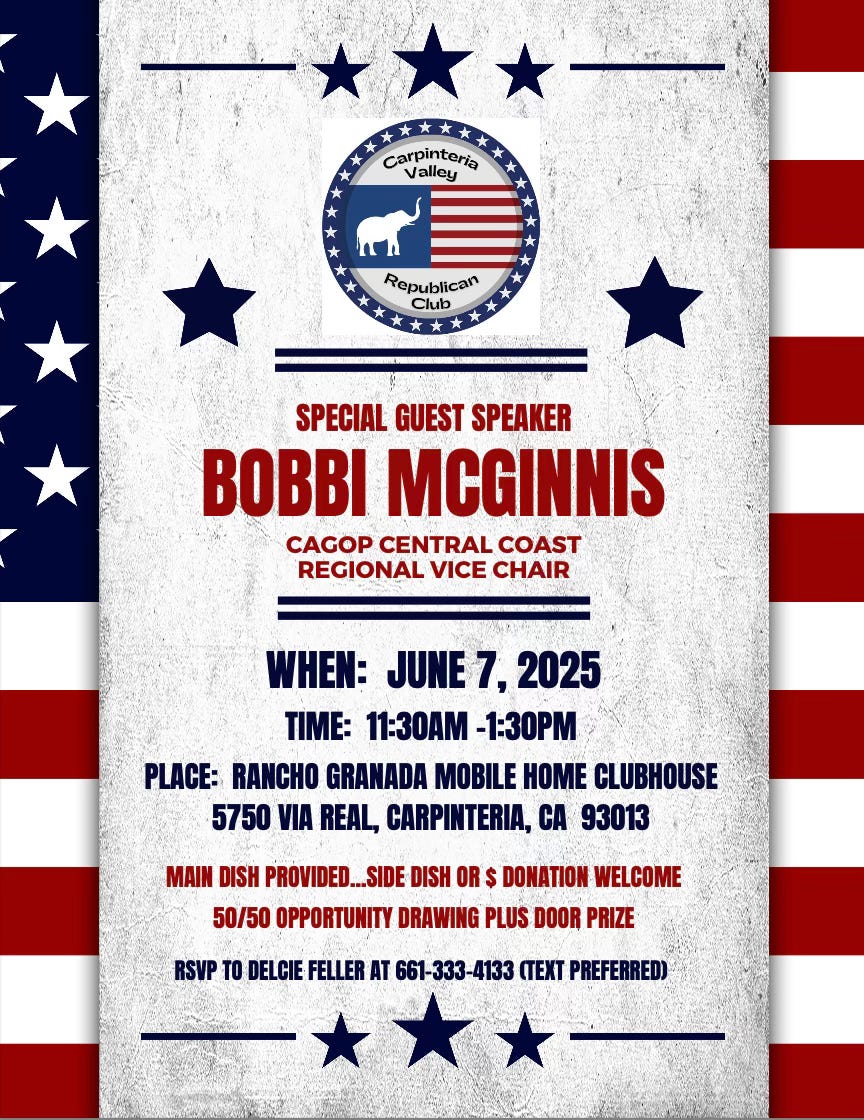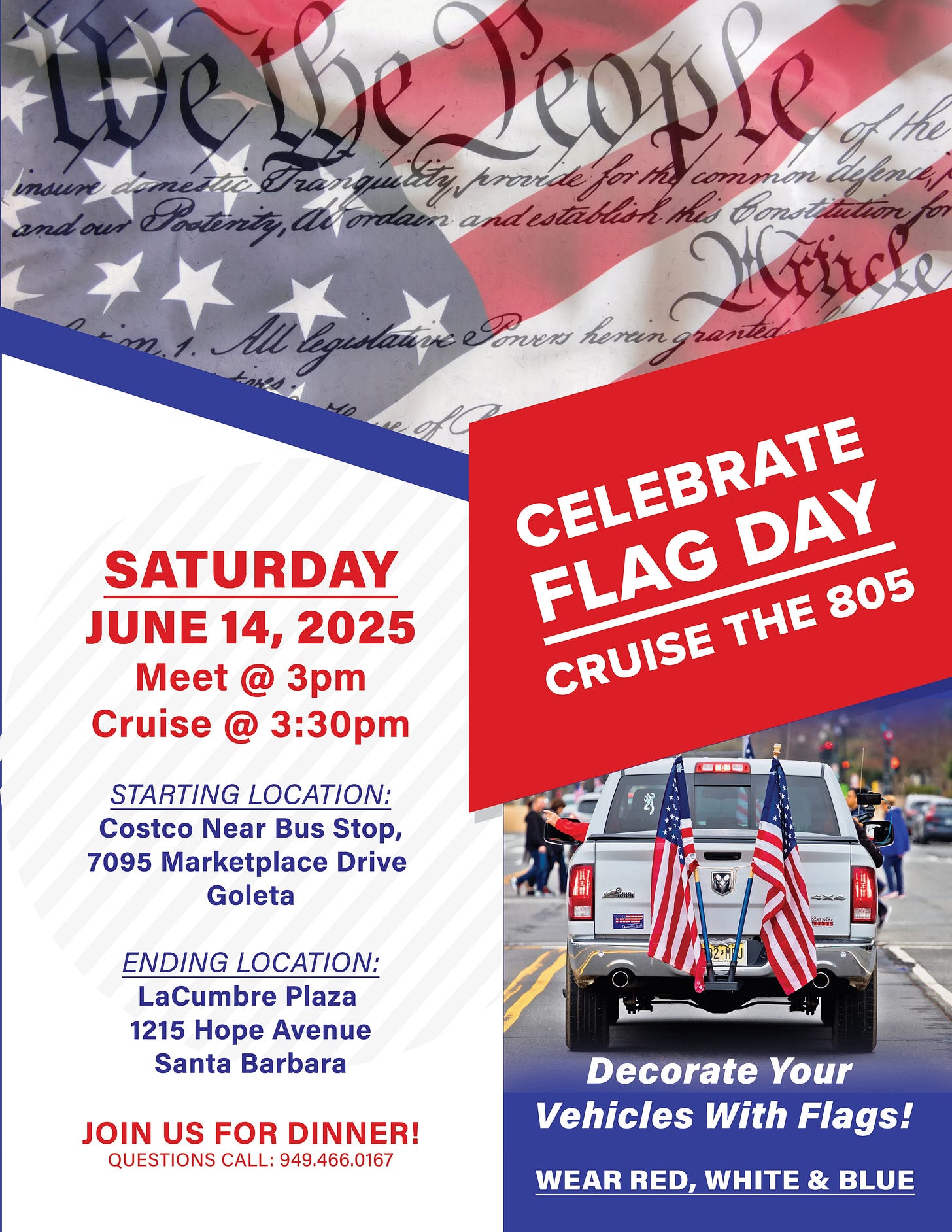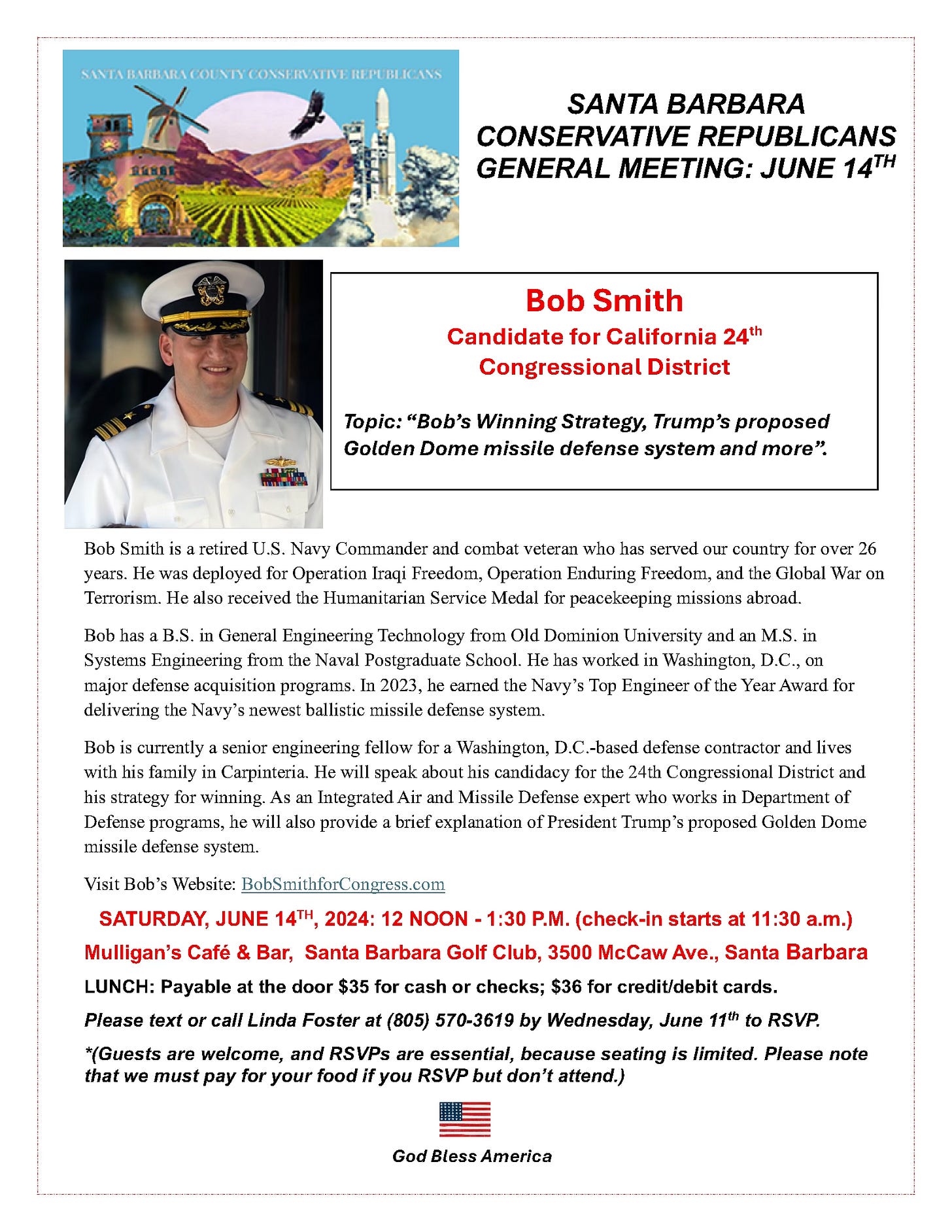There are two sites – one in Washington, D.C., and the other along the coast of Normandy, France – that are truly hallowed ground. The Vietnam Memorial in Washington, D.C. is one I can’t visit without crying. This was my generation and the names and ages of the 58,281 mostly young men who died – many in the mud and the rice fields – or went missing during that conflict bring tears and memories that are hard to bear. Some were my friends and classmates.
I was one of the lucky ones.
As a sailor on board the U.S.S. HENRY W. TUCKER and stationed in Yokosuka, Japan, the closest I came to action was having to withstand heavy seas at the edges of a tornado in the South China Sea in a rush to replace the USS MADDOX off the coast of Vietnam in what later became known as the Gulf of Tonkin Incident that set in motion the accelerated buildup of troops and armaments in Vietnam.
The Landing Beaches of Normandy
The other holy site, which I’ve visited half a dozen times, are the landing beaches of Normandy, above which – in the town of Coleville sur Mer – 9,389 American GIs are buried. All the gravestones are set in military formation, studiously maintained, and all in precious white Carrara marble (once restricted for use only by the Vatican). Latin crosses are featured for the 9,237 Catholic and Protestant soldiers, sailors, marines, and airmen buried there; 152 are topped with the Star of David for the fallen Jewish boys.
If you’ve never visited this hallowed site and you are still alive, you should make it a point to go.
Imagine yourself as a young father or mother somewhere in Middle America in the early 1940s and you’ve raised your little boy for eighteen years or more. He’s ready to become a man and take his place in your community but receives a letter from the local Selective Service System office with an Order to Report for Induction, informing him (and you) of his selection for military service.
Your son is told when and where to report to a local Military Entrance Processing Station and to bring with him a change of clothes and a few personal toiletry items; that he should be ready for immediate induction into the U.S. military, most likely the Army.
Over ten million young men responded to the call. More than 400,000 of them died, many never to see their mothers or fathers, brothers or sisters, aunts or uncles, schoolmates, workmates, or girlfriends, again.
Many of those young men found themselves in landing crafts or parachutes heading across the English Channel for Omaha or Utah Beach in Normandy. Between June 6, and the end of August, 1944, 29,000 of those boys would be dead.
The beaches are quiet now. Children play among the remnants of that event and if you should decide to pay your respects in person to the men and boys who died there, be sure to visit Sainte-Mere-Eglise, where an effigy of Private John Steele, of the 82nd Airborne, who spent two hours on D-Day pretending to be dead while hanging on the steeple of the church with his parachute tangled on the structure, still hangs. Steele was later captured by the Germans, escaped, and was named an “honorary citizen” of Sainte-Mere-Eglise. If you’ve seen “The Longest Day,” Red Buttons plays the role of Private Steele.
The church now boasts stained-glass windows featuring paratroopers from the 82nd and 101st Airborne. The nearby Airborne Museum is not to be missed. You’ll be taken up a ramp to board a real Douglas C-47 Skytrain along with other filmed GIs, where you’ll line up before jumping out to land as anti-aircraft fire heads your way. It’s quite an experience. Nearby is a vintage Waco CG-4A glider, used to not only transport troops but also military equipment and supplies.
The Paris Insider
A friend of mine, Terrance Gelenter, who publishes the informative and readable “The Paris Insider,” brought his son, Rudy, to the landing beaches and published this remembrance:
Oh, Say Can You See
Written by Terrance Gelenter
“I remember singing the national anthem, loudly, proudly, passionately feeling the lyrics, my adolescent tenor soaring over the voices of the other 6,000 students in the Brooklyn Technical High School assembly.
“Irving Berlin’s ‘God Bless America,’ his homage to the country that welcomed and inspired him and millions of other immigrants, including my son, Rudy, is now obligatory at 7th-inning stretches of Major League baseball games. Don’t even dare to not stand with the faithful.
“Rudy had solemnly strode onto Omaha Beach towards the Channel while I waited on the site of the flags of participating nations. He found a spot where he could gaze, reflect, and collect sand in a Ziploc bag to share with his son. We didn’t discuss the invasion, Normandy, the American cemetery filled with marble crosses and Jewish stars, and the formerly blood-soaked beaches that defy words.
“But I know that he was remembering D-Day, 6 June 1944 and the American boys who had fallen in the surf, on the beach, or scaling the cliffs, and famed WWII photographer Robert Capa who had inspired him with his shots of the landing as he too tumbled out of a landing craft into the nightmare around him.
“Then the silence and reflection were pierced by the taped opening bars of the Star-Spangled Banner, accompanying the raising of the American flag. Rudy turned and gazed in silent respect, and I once again felt the emotion of that 16-year-old high school student.”
May they all rest in peace.









Truly “the greatest generation “. God bless them one and all
Please, God, especially on this special day, we humbly ask that You continue to bless America and our service personnel and their families, who wake up each morning willing to give their lives in defense of peace and freedom. Amen.